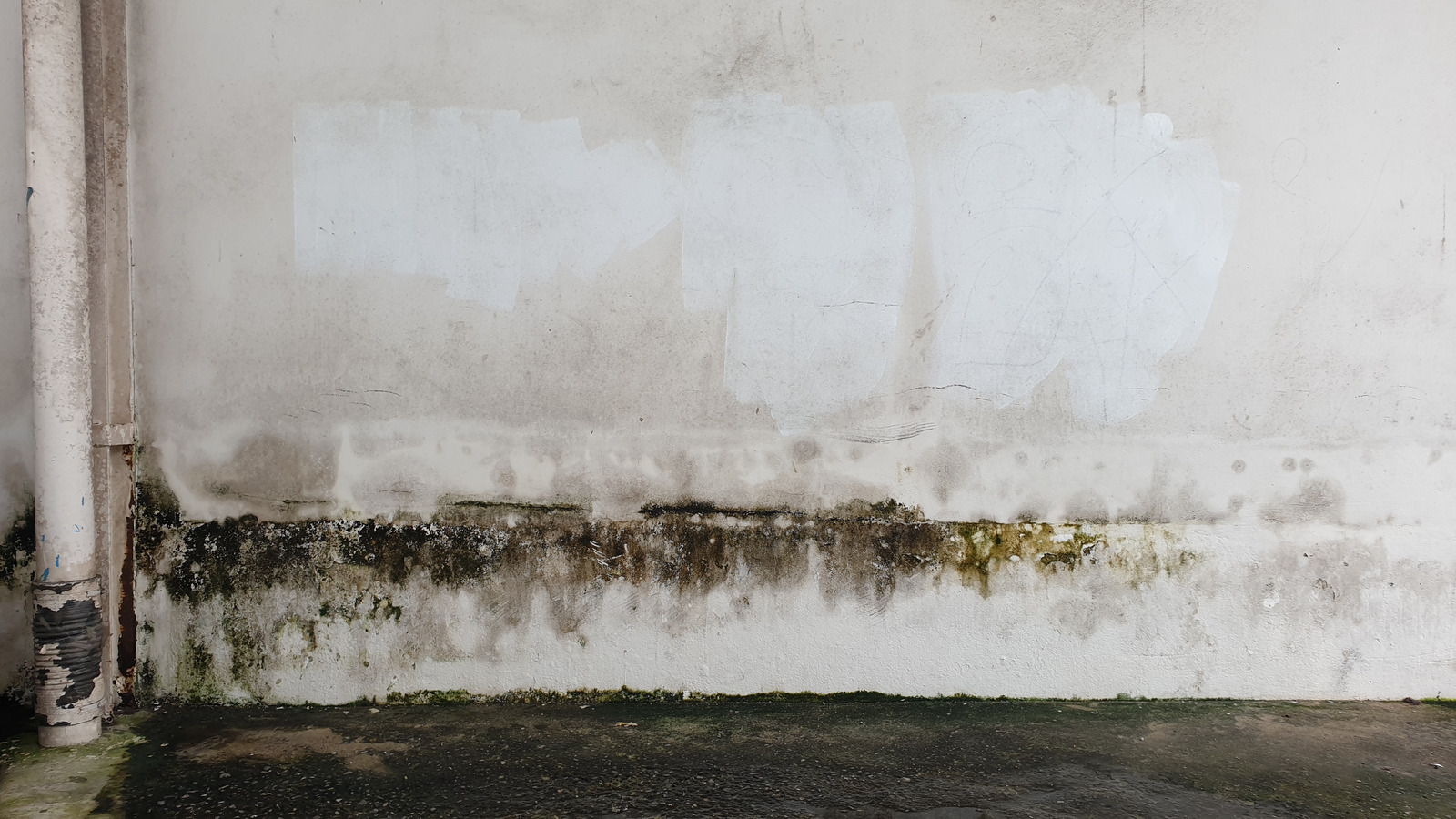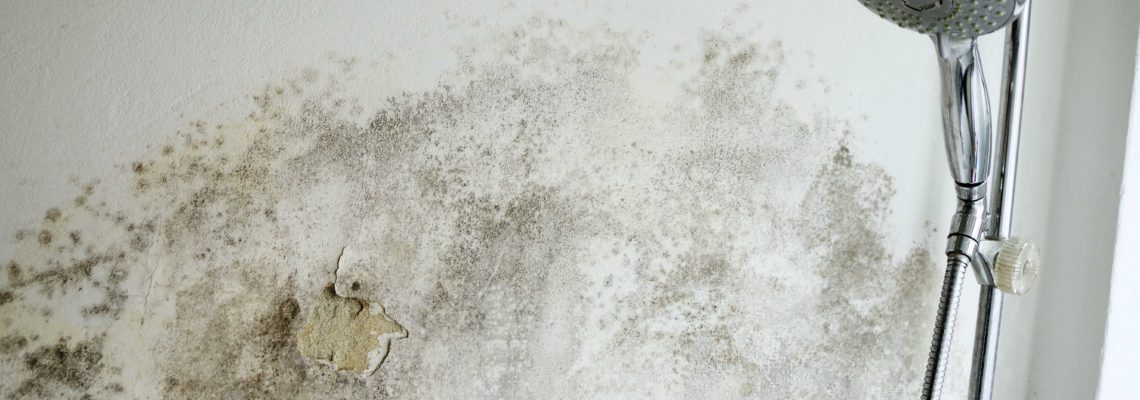We have come across this post on Water Stains on Walls down the page on the internet and reckoned it made perfect sense to share it with you on my blog.

Water stains on wall surfaces are not enjoyable to the eyes. Your residence ought to be without stains on the walls, roof, or floors. That is the suitable state of a house and its frameworks. Yet, occasionally it appears almost unavoidable to experience water stains on walls in houses.
House owners living in humid areas regularly deal with the anxiety of water discolorations on walls. With accurate and well-shaped details on the reasons of water stains and punctual fixing procedures, you will constantly be a step ahead of such events.
3 Usual Sources Of Water Discolorations on Wall Surfaces
As opposed to common belief, water discolorations on walls do not always originate from inadequate building materials. There are a number of reasons for water discolorations on walls. These consist of:
Moist
When warm damp air meets with dry cool air, it causes water beads to base on the wall surfaces of buildings. When there is vapor from cooking or showers, this happens in washrooms as well as cooking areas. The water beads can discolor the bordering walls in these parts of your house as well as infect other areas.
Wet or condensation influences the roofing system and also wall surfaces of structures. This triggers them to appear darker than various other locations of the house. When the wall is wet, it develops an ideal atmosphere for the development of microbes and fungis. These might have adverse effects on health and wellness, such as allergic reactions and also respiratory system conditions.
Poor Water drainage
This will prevent water from permeating into the wall surfaces. This links to too much dampness that you see on the wall surfaces of your structure.
So, the leading cause of wet walls, in this situation, can be a poor water drainage system. It can additionally be because of bad monitoring of sewage pipes that run through the structure.
Pipe Leaks
A lot of residences have a network of pipes within the walls. This makes sure that the pipes are well away from the reach of devastating rats. It always boosts the viability of such pipes, as there is little oxygen within the walls. This discourages corrosion.
A disadvantage to this is that water leakage affects the walls of the building and also triggers prevalent damage. A dead giveaway of malfunctioning pipes is the look of a water discolor on the wall.
Pro Pointer
A houseplant in your house also boosts its moisture. If the residence is already humid, you might desire to introduce houseplants with minimal transpiration. An example of appropriate houseplants is succulents.
Water Spots on Wall: Repair Tips
When dealing with water discolorations, home owners would normally desire a quick solution. They would quickly realize this is detrimental as the water discolorations recur. Here are a few valuable pointers that will assist you in the fixing of water stains on walls:
Verdict
No one wants to have water discolorations on walls in their home, it can occur to the finest of us. This short article offers you leverage, as you now recognize exactly how to manage this incident if it does happen.
It is constantly best to hire professional services to assist repair the damages in your home.
Often it seems practically inescapable to experience water spots on walls in residences.
Contrary to popular belief, water stains on wall surfaces do not constantly stem from poor structure products. There are numerous causes of water stains on walls. The water beads can discolor the bordering walls in these parts of your house and spread to other areas.
Here are a couple of useful pointers that will certainly lead you in the repair service of water stains on wall surfaces:
CHECKING FOR WATER DAMAGE
Water damage can be costly, and it may begin before you even notice the first signs of trouble. Water damage can cause mold and mildew in your walls and floors, which can create an abundance of health concerns for your family. It can also lead to costly repairs of various appliances and general home fixtures. To avoid the pricey consequences of water damage, here are Warner Service’s top 5 places you should check:
The walls – The easiest place to spot the beginnings of water damage is on the walls and ceilings of your home. If water damage is present, there will most likely be water stains, especially around the windows and doorframes, and/or cracks in the drywall. If a stain looks unusual (discolored to brown, black or gray, raised texture), has a swollen appearance or is soft to the touch, contact a professional immediately. The pipes – To avoid water damage, consistently check the pipes in your kitchen (especially the dishwasher and ice maker), bathrooms, laundry room (specifically washing machines) and basement for corrosion, leaks and water stains. Pay special attention to where the pipes connect in your home and the location of caulking around the bathroom fixtures, including toilets, sinks, showers and tubs. Missing or loose caulking and grout could be signs of leaking water. This seepage can also quickly cause mold and rust, so double check your water heater and tank for wet spots on the floor. The floor – Water damage is very easy to spot on the floor. Look for any warping or buckling of the material, especially in the basement. If your home has wood flooring, look for bright white or dark stains. If your home has carpeting, keep it dry and clean. A damp carpet that smells of mold could cause water damage and health problems. To avoid this, consider installing floor pans under your appliances to help prevent damages from small, slow and undetected leaks. The basement and attic – If your basement or attic smells odd check for mold and mildew around the area, especially the valley where the roof meets. While you are inspecting those areas, check for wall cracks, floor stains, rust and dampness in the insulation. If you live in a colder and/or rainier climate, perform routine checks for water damage from melting snow or ice and rain. The exterior – Check the roof for damaged flashing and missing, cracked or curled shingles. There should also be no standing water anywhere outside your home. This could be caused by puddles, leaky rain gutters or hoses, poor drainage, or short gutter spouts. Invest in a sump pump system or water flow monitoring system, and perform routine maintenance on these outdoor appliances to avoid indoor water damage.

We hope you enjoyed reading our post about How to Find and Repair Water Leaking in the Wall. Thanks a lot for taking time to read our post. If you enjoyed reading our post if you please do not forget to share it. Thanks a lot for going through it.
Visit Our Website